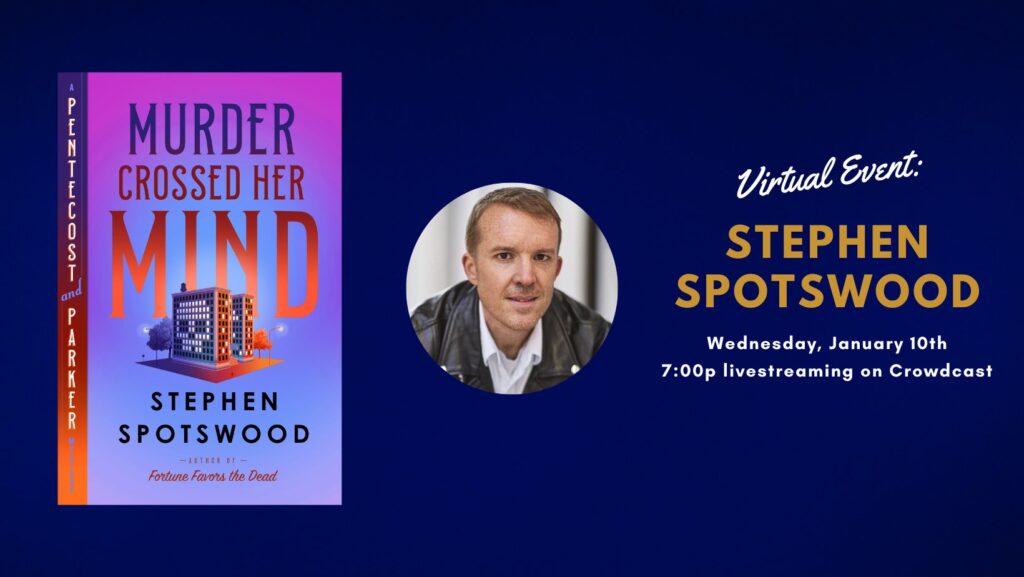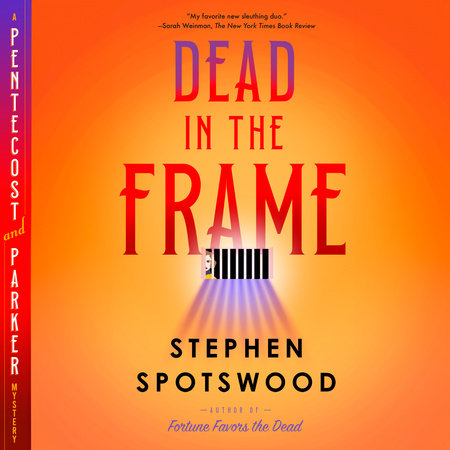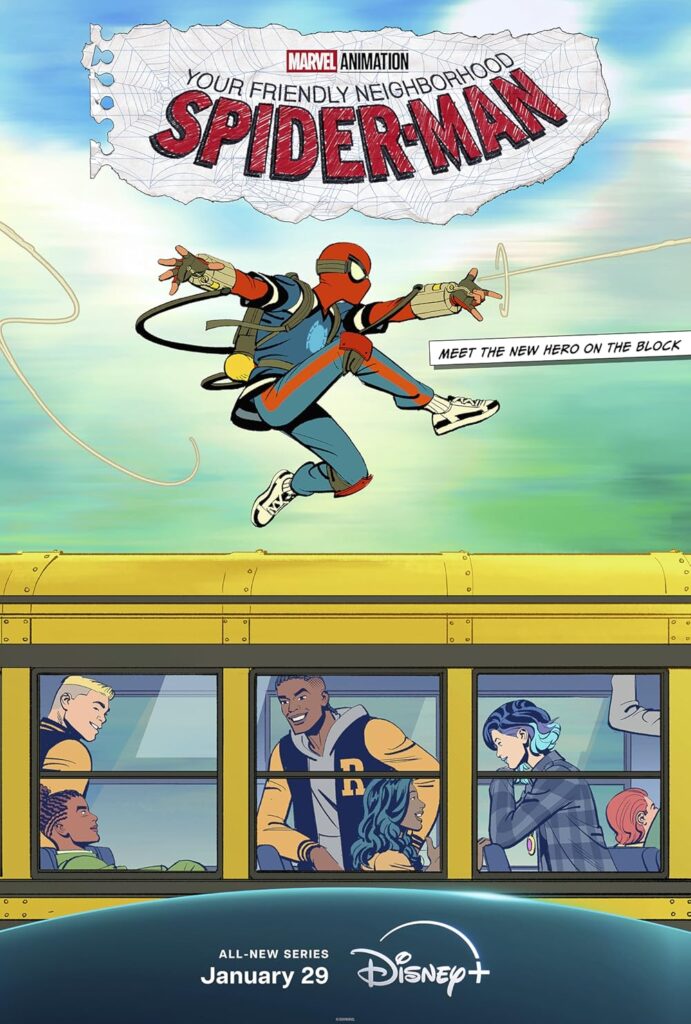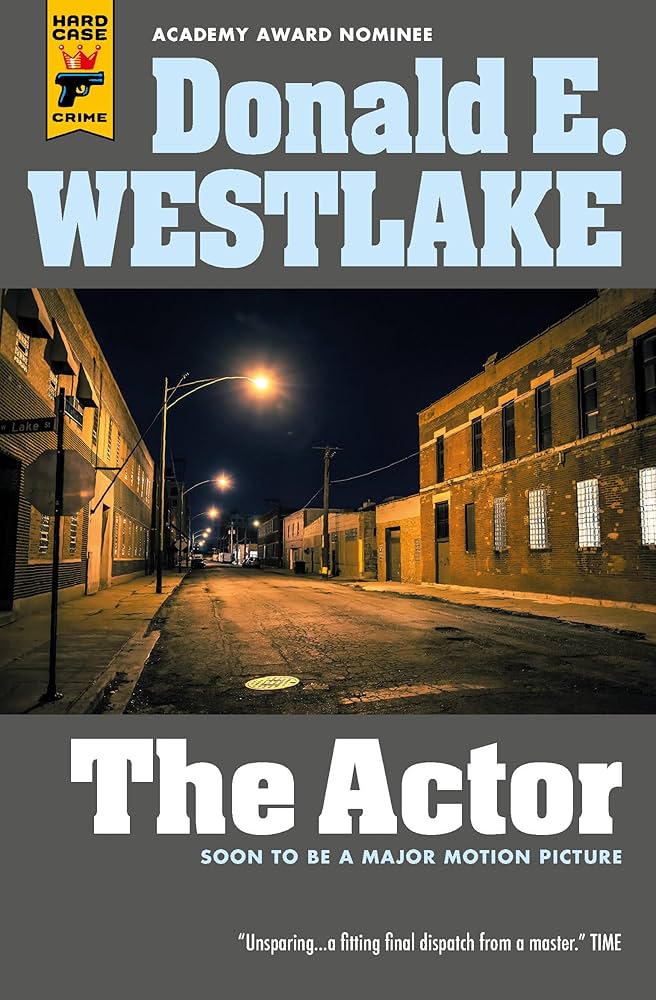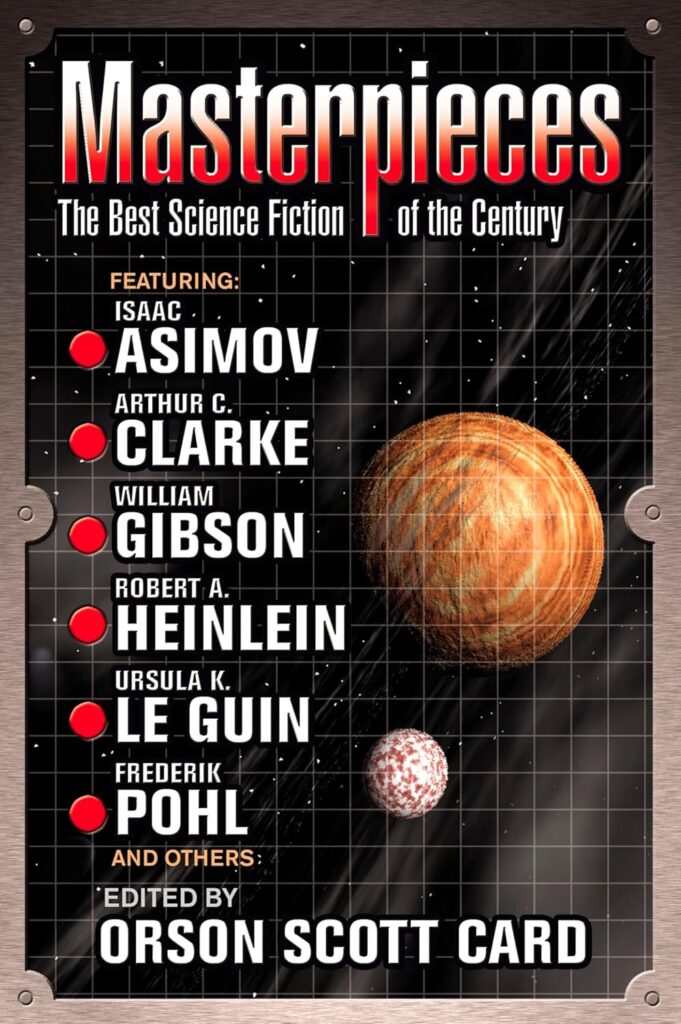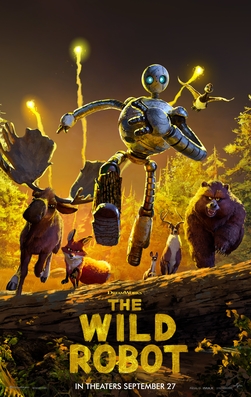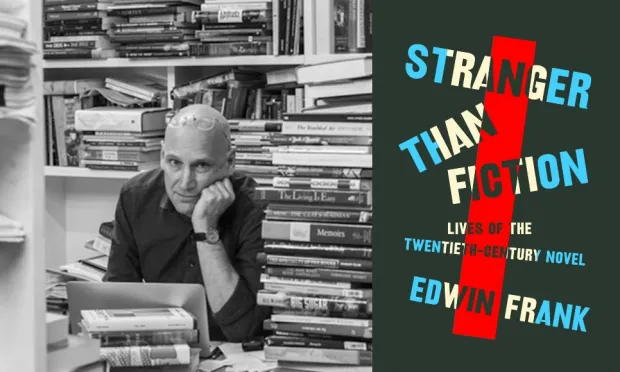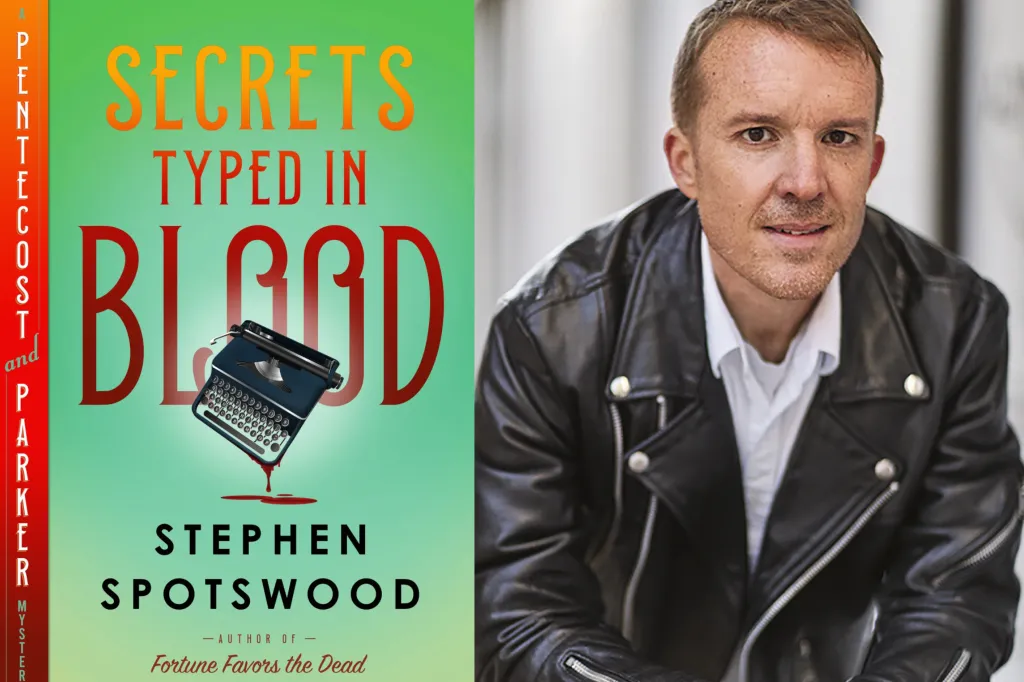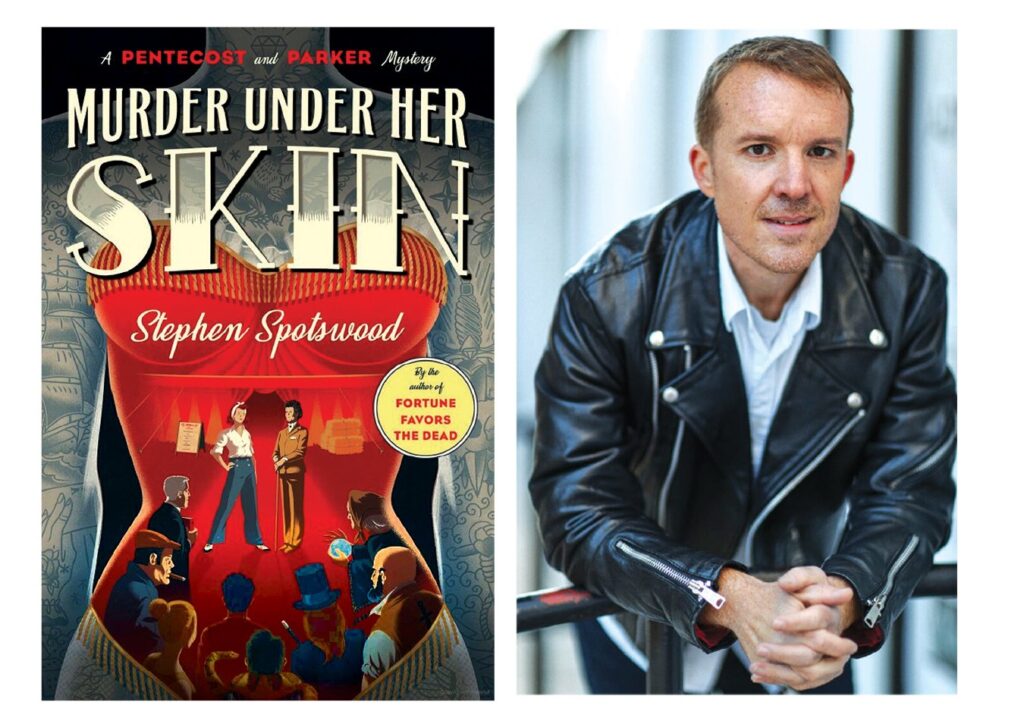Edwin Frank is the editorial director of New York Review of Books and founder of the NYRB Classics series. Instead of titling his book Stranger Than Fiction, Frank could have called it The Best Novels of the 20th Century because that’s pretty much what his book is all about.
Frank starts his review of great books of the past century by going back in time to 1864 because Frank claims “It is the beginning of 1864. Fyodor Dostoevsky is in Moscow writing the first twentieth-century novel.” (p. 3) From there, Frank takes a mostly chronological approach to the books he considers great and most influential.
While I’m not a big fan of H. G. Wells’s The Island of Doctor Moreau, I agree with Frank that Wells helps to create “genre fiction” with more successful novels like The Time Machine and War of the Worlds.
I struggled with chapters like “A world of literature: Machado de Assis’s The Posthumous Memoirs of Brás Cubas and Natsume Soseki’s Kokoro” because I’m not familiar with those writers. But I had no problem grasping Frank’s analysis of “What did you do in the war? Marcel Proust’s In Search of Lost Time and James Joyce’s Ulysses.”
Here is a list of many of the novels Edwin Frank writes about in Stranger Than Fiction:
Notes from the Underground by Dostoevsky
 Madame Bovary by Gustave Flaubert
Madame Bovary by Gustave Flaubert
 The Island of Doctor Moreau by H.G. Wells
The Island of Doctor Moreau by H.G. Wells
 The Immortalist by Andre Gide
The Immortalist by Andre Gide
 The Other Side by Alfred Kubin
The Other Side by Alfred Kubin
 Amerika by Franz Kafka
Amerika by Franz Kafka
 Colette’s Claudine at School
Colette’s Claudine at School
 Kim by Rudyard Kipling
Kim by Rudyard Kipling
 Three Lives by Gertrude Stein
Three Lives by Gertrude Stein
 The Posthumous Memoirs of Bras Cubas by Joaquim Maria Machado De Assis
The Posthumous Memoirs of Bras Cubas by Joaquim Maria Machado De Assis
 Kokoro by Natsume Soseki
Kokoro by Natsume Soseki
 The Magic Mountain by Thomas Mann
The Magic Mountain by Thomas Mann
 In Search of Lost Time by Marcel Proust
In Search of Lost Time by Marcel Proust
 Ulysses by James Joyce
Ulysses by James Joyce
 Mrs. Dalloway by Virginia Woolf
Mrs. Dalloway by Virginia Woolf
 In Our Time by Ernest Hemingway
In Our Time by Ernest Hemingway
 The Man Without Qualities by Robert Musil
The Man Without Qualities by Robert Musil
 Confesssions of Zeno by Italo Svevo
Confesssions of Zeno by Italo Svevo
 Good Morning, Midnight by Jean Rhys
Good Morning, Midnight by Jean Rhys
 Sons and Lovers; The Rainbow by D.H. Lawrence
Sons and Lovers; The Rainbow by D.H. Lawrence
 The End by Hans Erich Nossack
The End by Hans Erich Nossack
 Life and Fate by Vasily Grossman
Life and Fate by Vasily Grossman
 Artemisia by Anna Banti
Artemisia by Anna Banti
 Things Fall Apart by Chinua Achebe
Things Fall Apart by Chinua Achebe
 Lolita by Vladmir Nabokov
Lolita by Vladmir Nabokov
 The Lost Steps by Alejo Carpenter
The Lost Steps by Alejo Carpenter
 Invisible Man by Ralph Ellison
Invisible Man by Ralph Ellison
 One Hundred Years of Solitude by Gabriel Garcia Marquez
One Hundred Years of Solitude by Gabriel Garcia Marquez
How many of these books have you read? GRADE: A
TABLE OF CONTENTS:
Introduction — xi
- Prologue: the ellipsis: Fyodor Dostoevsky’s Notes from Underground — 3
- Part I. Breaking the vessels. 1. The vivisector: H. G. Wells’s The Island of Doctor Moreau — 29
- 2. The abyss: André Gide’s The Immoralist — 46
- 3. Shutter time: Alfred Kubin’s The Other Side and Franz Kafka’s Amerika — 62
- 4. Youth and age: Collette’s Claudine at School and Rudyard Kipling’s Kim — 79
- 5. The American sentence: Gertrude Stein’s Three Lives — 101
- 6. A world of literature: Machado de Assis’s The Posthumous Memoirs of Brás Cubas and Natsume Soseki’s Kokoro — 116
- 7. Hippe’s pencil: Thomas Mann’s The Magic Mountain — 142
- 8. What did you do in the war? Marcel Proust’s In Search of Lost Time and James Joyce’s Ulysses — 160
- Part II. A scattering of sparks. 9. For there she was: Virginia Woolf’s Mrs. Dolloway — 191
- 10. Nick stands up: Ernest Hemingway’s In Our Time — 211
- 11. Critic as creator: Robert Musil’s The Man Without Qualities — 226
- 12. The human and the inhuman: Italo Svevo’s Confessions of Zeno and Jean Rhys’s Good Morning, Midnight — 241
- 13. The exception: D. H. Lawrence’s Sons and Lovers and The Rainbow — 255
- 14. The end: Hans Erich Nossack’s The End and Vasily Grossman’s Life and Fate — 280
- Part III. The withdrawal. 15. Don’t cry: Anna Banti’s Artemesia and Chinua Achebe’s Things Fall Apart — 301
- 16. Reflections on damaged life: Vladimir Nabokov’s Lolita and Alejo Carpentier’s The Lost Steps — 317
- 17. The whole story of America: Ralph Ellison’s Invisible Man — 334
- 18. Boom: Gabriel García Márquez’s One Hundred Years of Solitude — 351
- 19. Into the abyss: Georges Perec’s Life a User’s Manual — 363
- 20. Being historical: Marguerite Yourcenar’s Memoirs of Hadrian and Elsa Morante’s History — 377
- 21. The enigma of arrival: V. S. Naipaul’s The Enigma of Arrival — 394
- Epilogue: W. G. Sebald’s Austerlitz — 411
- Appendix. Other lives of the twentieth-century novel — 421
- Notes — 425
- Bibliography — 429
- Acknowledgements — 437
- Index — 439
